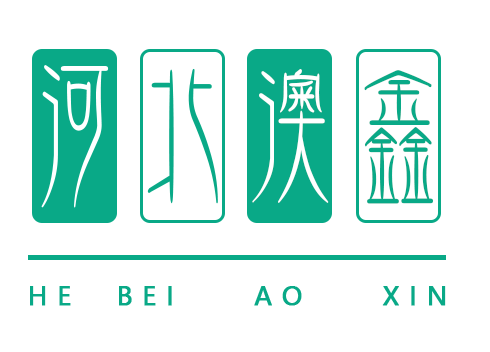
Oct . 24, 2025 10:35 Back to list
Best Outdoor Sleeping Bag – Ultralight, Warm, Waterproof
Field Notes: Choosing the [Best Outdoor Sleeping Bag] for Real-World Cold
I’ve spent too many nights counting the seconds to sunrise, shivering in the wrong bag. That’s why this model—[Best Outdoor Sleeping Bag]—caught my eye. Made in Hebei (No. 516-1, Quannan East Street, Xiangdu District, Xingtai City), it’s a winter-rated envelope sleeping bag built for subzero trips, vehicle-based expeditions, and honestly, those unforgiving pre-dawn bivies.
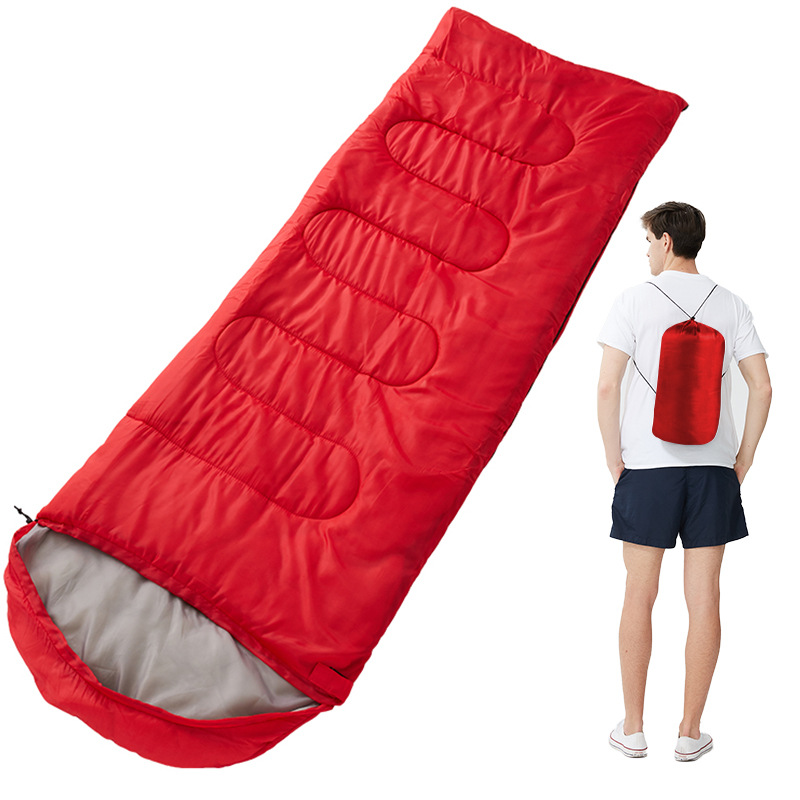
What’s trending in cold-weather bags
Three currents define the market: recycled shells and PFC-free DWR, more honest temperature ratings (finally), and modularity (left/right zips, liners, compression sacks). Synthetic fills are having a moment because they insulate when damp—useful where “dry cold” is a myth.
Specs that matter (and a few that don’t)
| Model | Hiking Camping Sleeping Bag Winter -20/-40 |
| Size | (180+30) × 75 cm (hood extension + body width) |
| Material | 170T polyester shell/liner; synthetic hollow-fiber insulation (≈300–400 g/m²; real-world use may vary) |
| Shape | Envelope (roomier shoulders and legs) |
| Temp ratings | Comfort ≈ -10°C; Limit ≈ -20°C; Extreme ≈ -40°C (per ISO-style methodology; see standards below) |
| Weight | ≈ 1.8–2.4 kg depending on fill density and options |
| Customization | Logos, colors, left/right zip, compression sack, PFC-free DWR, mummy/envelope |

Process, testing, and service life
Materials are cut and quilted to reduce cold spots, then shell/liner panels are stitched with draft baffles along the zipper. Typical validation includes thermal resistance (ASTM D1518 hot plate), moisture-vapor testing (ISO 11092), and temperature rating aligned with ISO 23537 protocols. Many customers say durability holds up ≈5–7 seasons for weekend use—clean, dry, and store loosely and you’ll push the upper end.
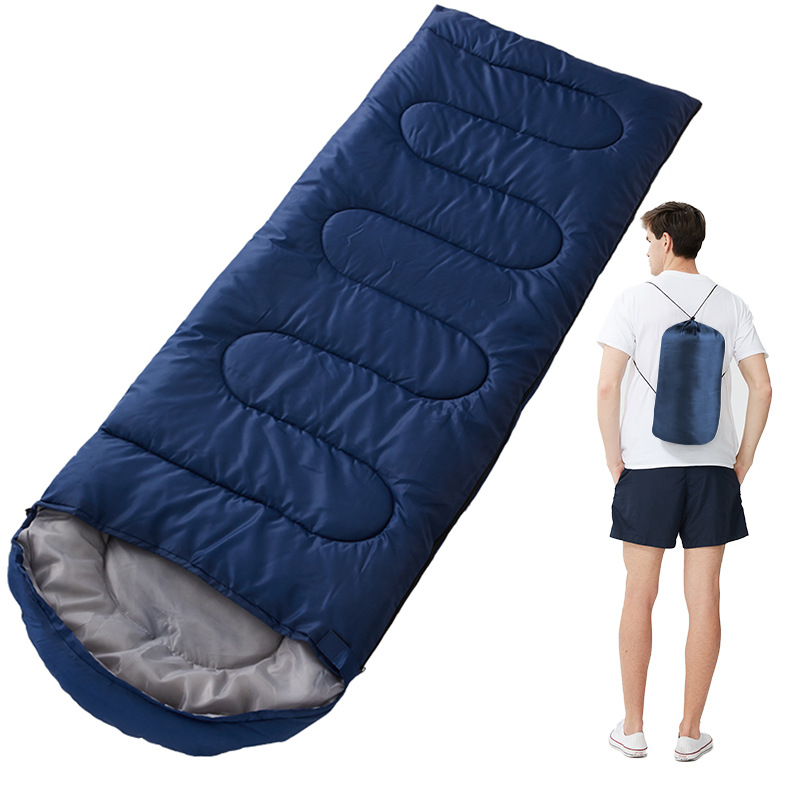
Where it shines
-
- Vehicle-supported winter camping, hunting blinds, alpine huts.
- Cold, damp river valleys where synthetics outperform down when wet.
- Rental fleets, outdoor schools, relief logistics needing robust, easy-care gear.
In fact, a guiding service in Jilin swapped 20 bags last season and reported fewer “cold spot” complaints and quicker dries between trips. Not scientific, but telling.
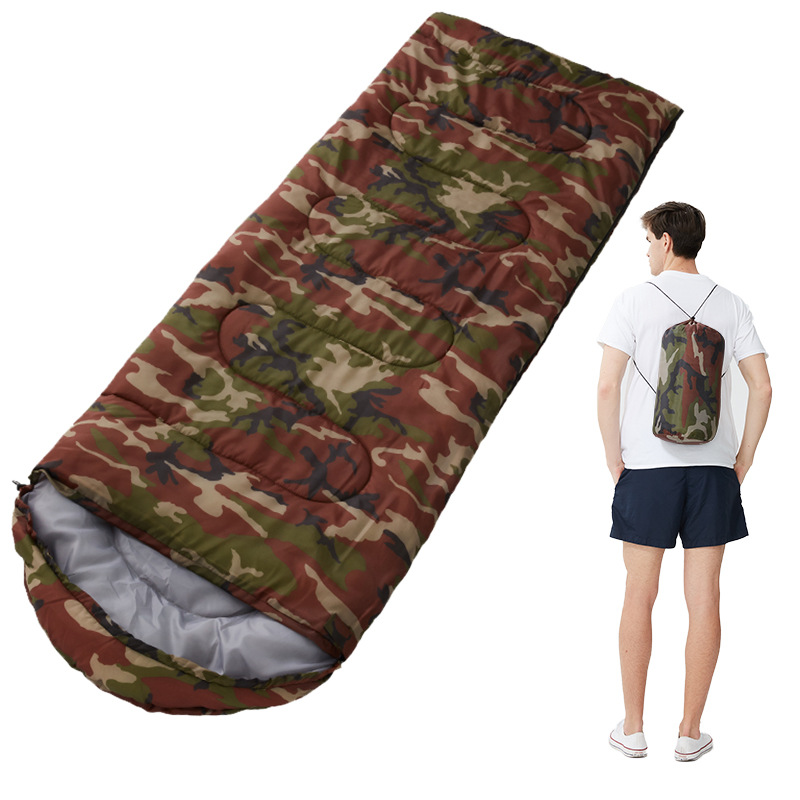
Vendor comparison (quick glance)
| Vendor/Model | Insulation | Shape | Rating (≈) | Notes |
|---|---|---|---|---|
| This model (Hebei) | Synthetic, 170T poly shell | Envelope | Limit ≈ -20°C | Good wet-weather resilience; value pricing |
| Brand A (down) | 700-fill down | Mummy | Limit ≈ -18°C | Lighter, pricier; needs dry care |
| Brand B (ultralight) | Synthetic blend | Mummy | Limit ≈ -10°C | Great for 3-season; not deep winter |
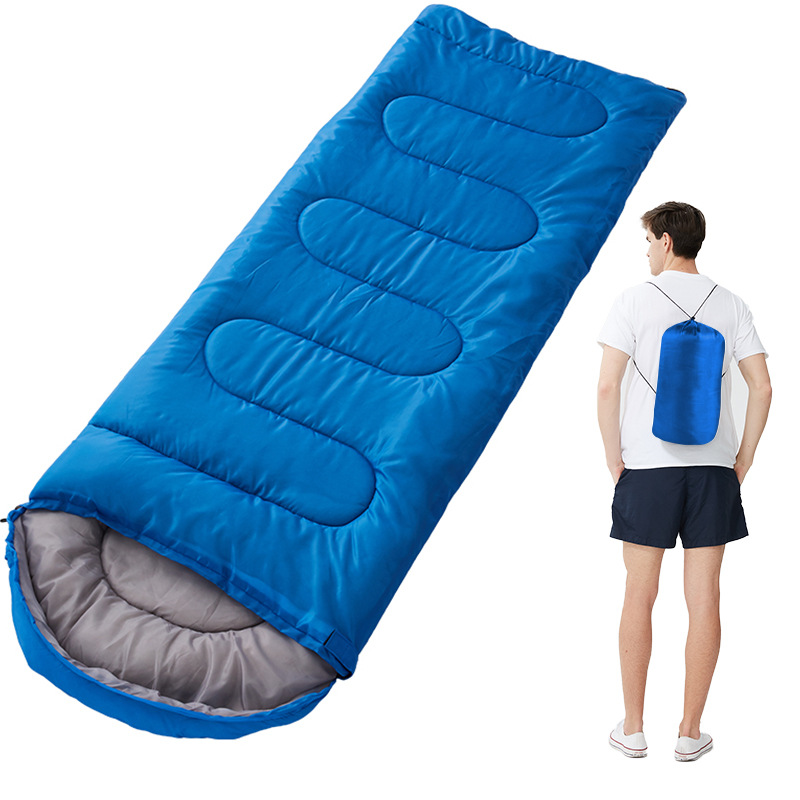
Certifications and options
Ask for OEKO-TEX Standard 100-compliant fabrics, bluesign-approved materials, and ISO 23537-style thermal testing reports. Custom logos and private-label packs are available; zippers can be spec’d (SBS/YKK) on request. To be honest, I’d also spec a PFC-free DWR and a robust compression sack.
Bottom line
If you need a roomy, tough, cold-ready bag without the drama, [Best Outdoor Sleeping Bag] in this configuration is a sensible pick—especially for outfitters, rentals, and winter campers who encounter damp cold more than dry alpine chill.
References
-
Durable Outdoor White Tents for Global Use | Hebeiaoxin
NewsNov.24,2025
-
Outdoor Pop Up Tents – Ultimate Guide to Portable Shelter Solutions
NewsNov.23,2025
-
Explore Durable and Stylish Woven Picnic Rug Pink – Comfort Meets Sustainability
NewsNov.21,2025
-
Custom Printed Picnic Rug – Durable, Eco-Friendly & Fully Personalized Outdoor Rugs
NewsNov.21,2025
-
Discover Durable Canvas Picnic Rugs with Tassels – Stylish, Sustainable Outdoor Essentials
NewsNov.20,2025
-
Discover the Charm and Sustainability of Picnic Rug Boho Woven Designs
NewsNov.19,2025
